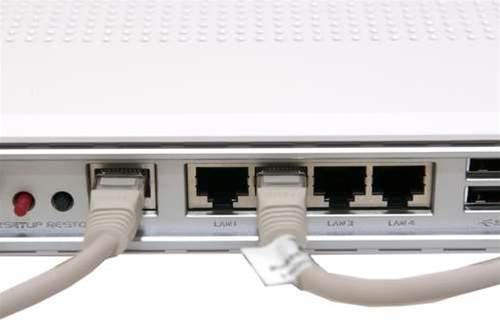The global Internet Society and individual country chapters have begun preparing to permanently switch on Internet Protocol version 6 across major websites in hopes of enabling the capability for five million users from June this year.

In what will become the second globally coordinated trial of the protocol, "World IPv6 Launch day" will see major websites Facebook, Google, Yahoo! and Microsoft's Bing search engine all permanently turn on IPv6 capability for users from June 6.
They will be met by seven major global ISPs - including Internode - which have all committed to enabling the protocol for at least one percent of their fixed-line broadband subscribers.
According to analysts and experts, the one percent figure could represent between 3 and 5 million users globally on the day, based on the service providers already committed to the trial.
But the societies behind the global initiative hope to garner further interest from major ISPs in the lead-up to the day in order to further boost participation in the effort.
Notably absent from Australia's roster for the effort are ISPs including Telstra, which has begun initiating dual-stack IPv4/IPv6 capability for business customers, and TPG, which has been known to have activated IPv6 for its internet backbone but is yet to announce public trials with consumers.
Despite enthusiasm around the first global trial, many of the websites involved in 'World IPv6 Day' last year reverted back to IPv4-only mode feeling the traffic garnered on the day was not enough compared to the effort involved in the task.
IPv6 traffic on the day effectively doubled to make up 0.4 percent of all internet traffic, a figure which it has since levelled out at according to Google's measurements.
"In some ways, the notice got out perhaps a little late to some of the bigger providers so it didn't quite align as well with their plans and programs last year," said Narelle Clark, president of the Internet Society of Australia (ISOC-AU).
"This year I'm very optimistic that more will participate here and worldwide."
First indications have been promising according to Clark; the World IPv6 Launch website, made live this morning, received more hits in the first 30 minutes of the announcement than its predecessor site all of last year.
Reception prompted the site to crash momentarily, causing the Internet Society to scale up resources provided to it.
The society's Australian chapter has begun talks with providers in preparation for June, but it is unclear who will join Internode's side.
A Telstra spokesman told iTnews today that the telco had "no plans to participate at this time".
Internode managing director, Simon Hackett, has continually led the IPv6 charge in Australia, this month enabling IPv6 by default for all new customers to the network after nearly three years of internal trials.
Some 0.8 percent of Internode's active customer base now has IPv6 enabled and Hackett told iTnews he expected to reach the one percent mark "very solidly" by June.
That effort may translate across to soon-to-be parent company iiNet, too, which has been more apprehensive in its approach to the protocol.
"It's time to jump in—the water's fine," Hackett said.
Clark said the global society behind the IPv6 day effort expected much better results this year as the country chapters prepared harder and set the one percent goal for fixed-line subscribers.
No goal has been set by the society for mobile devices, despite an explosion in use of smartphones and tablets driving up and contributing to the exhaustion of IPv4 addresses at the Asia-Pacific-level last year.
Geoff Huston, chief scientist at the Asia Pacific internet registry charged with delivering the addresses, said the one percent was goal is achievable by June.
"Around one half of the devices connected to today's Internet have the IPv6 protocol stack installed and able to be activated one way or another. So the very edge looks achievable," he told iTnews.
"What is missing here is in the access and server sectors. It seems that there is a combination of access providers not jumping over themselves to offer IPv6 and customers not exactly racing into the shops to replace their DSL modems and similar with IPv6 equipment.
"IPv6 represents additional cost, but without a readily identifiable immediate incremental revenue stream from their existing base of customers."
After years of calls to transition toward IPv6 in a meaningful way, Huston urged ISPs to get "serious about being a player in this business".
Clark agreed: "We've been so good at slapping the band-aids onto [IPv4] technology for the last ten years that we've put ourselves in a difficult position now and with the 'internet of things'... we need these addresses and we need the systems to be globally reachable.
Update: Article was updated at 4.20pm AEDST to correct spelling of Narelle Clark's name and include further comments from Simon Hackett.



.png&h=140&w=231&c=1&s=0)





.png&w=100&c=1&s=0)

 Government Innovation Showcase Federal
Government Innovation Showcase Federal
 Government Cyber Security Showcase Federal
Government Cyber Security Showcase Federal
 Digital NSW 2025 Showcase
Digital NSW 2025 Showcase












_(1).jpg&h=140&w=231&c=1&s=0)



